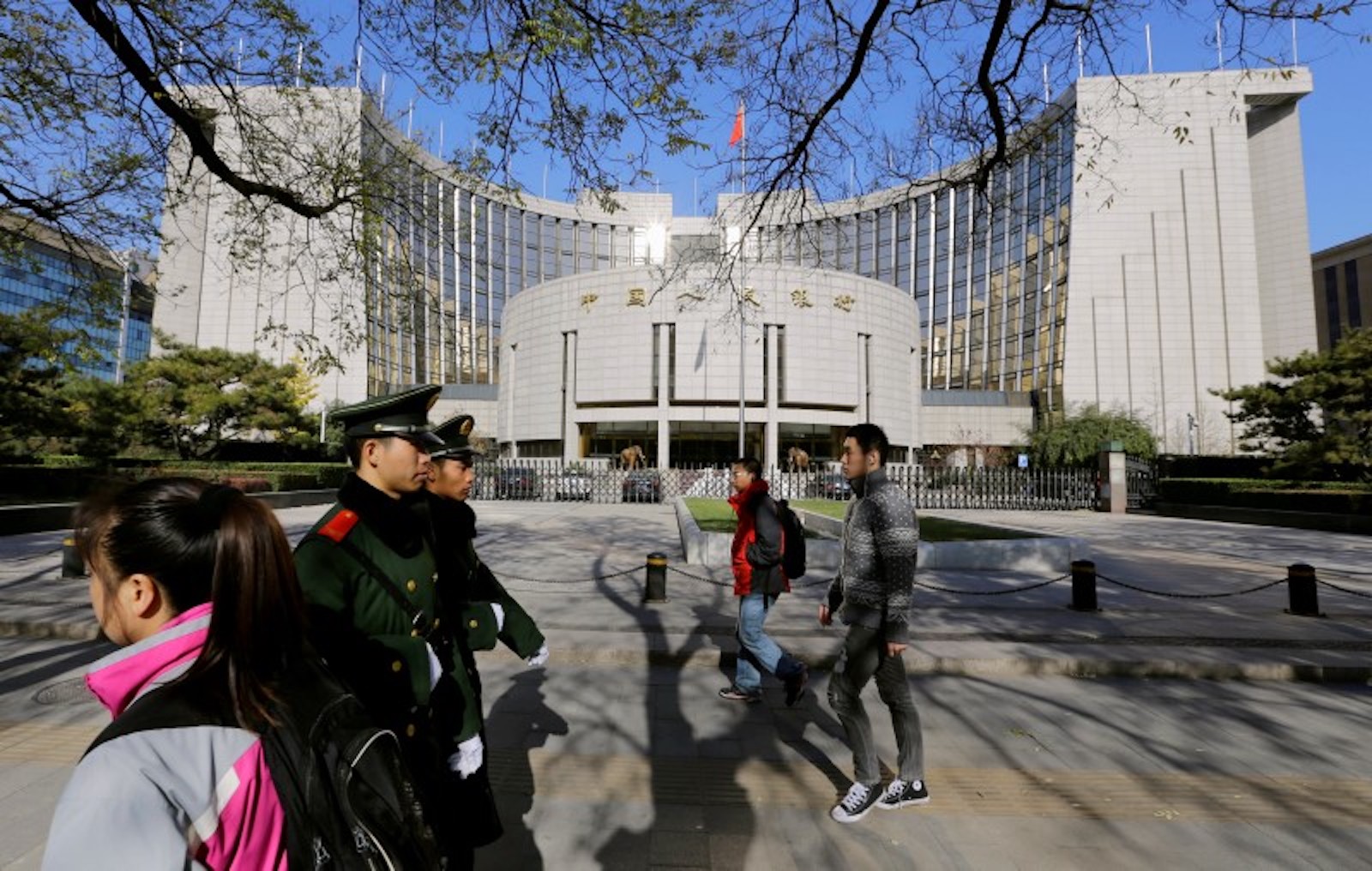(ATF) China reported a drop in consumer and wholesale prices as demand turned anaemic after the devastating coronavirus pandemic. It was perfect ground for authorities to cut interest rates and push through an inflated bond issuance programme, although this has rattled some investors and pushed up yields in recent days.
The People’s Bank of China (PBoC or central bank) is now less worried about inflation and will have room to cut interest rates and give respite to bond markets worried about supply pressures, analysts say.
The consumer price index (CPI) for April in the world’s second biggest economy grew by 3.3% year-on-year, down from 4.3% in March, according to the National Bureau of Statistics. And the Producer Price Index (PPI) fell 3.1% year-on-year, much worse than the 2.5% fall expected by analysts after March’s 1.5% decline.
“The moderation in CPI and PPI inflation in April shows that the recovery in domestic demand remained very fragile even though supply disruptions have almost dissipated,” Michelle Lam, Greater China Economist at Societe Generale, said.
“That means there remains room for the PBoC to step up easing, especially if the weakness in external demand starts to emerge,” she said.
Morgan Stanley economists said in a note that 70% of the slippage was contributed by lower food prices, particularly pork prices, while vehicle fuel prices also edged down.
“But everywhere else in the economy, disinflation, if not outright deflation, is now most prevalent. Non-food price inflation has fallen to just 0.4%, while the PPI has dipped deeper in deflationary territory,” said Aidan Yao, senior emerging Asia economist at AXA Investment Managers.
Bond issuance tipped to rise
This comes at a time when analysts expect more bond issuance in the world’s second largest fixed-income market to fund a growing budget deficit.
Standard Chartered said in a note earlier this week it is raising the forecast for China government bond issuance in 2020 to 14.5-14.7 trillion yuan from its earlier range of 10.5-10.7 trillion.
“We see China’s de facto budget deficit rising to at least 9% of GDP this year from 5.6% in 2019, including 3.5% in the official budget deficit to be announced at the National People’s Congress,” Standard Chartered strategists Becky Liu and Jeffrey Zhang said in a note.
China’s annual National People’s Congress (NPC) session will be held on May 22, after a two-month delay because of the coronavirus pandemic. The meeting is usually held in early March and it is here that the country’s rubber-stamp parliament announces major economic targets and budgets.
“It is now time for the PBoC to be more aggressive and at the same time put more focus on injecting liquidity to SMEs in order to stabilise employment,” said Iris Pang, ING’s Chief Economist, Greater China.
Earlier this week, the PBoC announced a slew of alleviating measures and pledged to keep liquidity supply ample and support small and medium enterprises to ensure employment and to control inflation. It also said it would maintain credit growth at slightly higher than nominal GDP growth and vowed that there would be more reforms in the foreign exchange market to maintain the yuan’s flexibility and stability.
“In our view, there could be an additional 20bps MLF rate cut as early as this week, 50-75bps broad-based RRR cut (or equivalent) for rest of this year, and continued implementation of PBoC re-lending to facilitate fiscal easing measures financed by larger government bond issuance in the coming quarter,” Morgan Stanley analysts Robin Xing, Jenny Zheng and Zhipeng Cai said in a note.
And yet the supply jitters stoked a sell-off in bonds on Monday with the yield on 10-year bonds rising to a two-month high of 2.68%. But the latest data point is expected to calm these fears.
“Fundamentals will gradually take the baton in H2 2020. Given the PBoC stays in the easing mode, we will likely see CGB curve steepen first, then flatten after the supply peak,” ANZ economist Xing Zhaopeng said.
























